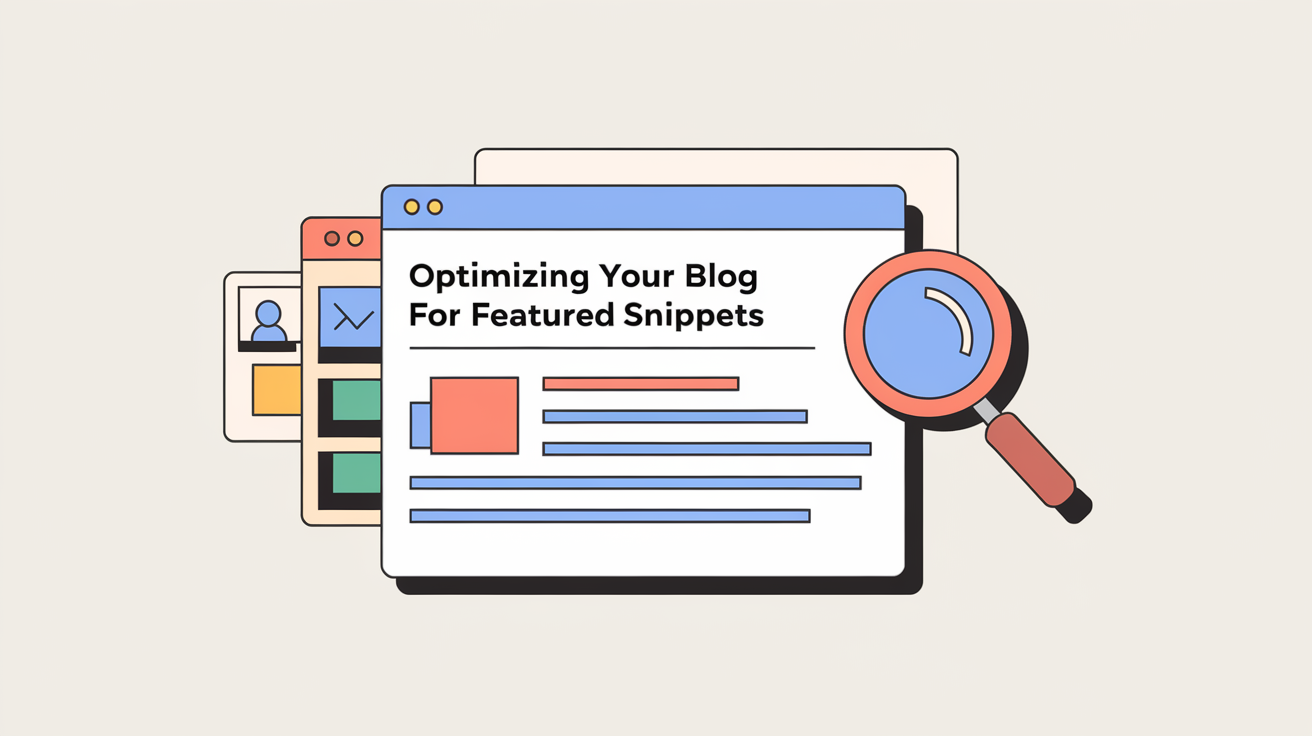How to Optimize Blogs for Featured Snippets: A Comprehensive Guide
Featured snippets are a powerful tool in the SEO world, offering a unique opportunity to rise above the competition by taking the prime position in search results, often known as “position zero.” These content boxes are incredibly beneficial as they directly present an answer to the user’s query right at the top of the page. Despite having low current search volume, mastering how to optimize blogs for featured snippets may hold significant future relevance as more people understand and tap into their potential.
Understanding Featured Snippets
Featured snippets provide summarized answers to user queries and appear above the regular search results. They are extracted directly from web pages and framed within a box, capturing user attention almost immediately. There are several types of featured snippets, primarily paragraphs, lists, and tables.
Paragraph snippets are basically brief text blocks that answer a question directly. List snippets organize information in a bullet or numbered list—ideal for step-by-step guidelines or ranked items. Table snippets present data in a structured manner, making them perfect for comparisons or detailed statistics. Each format helps in making information more digestible and helps enhance search visibility.
Why Optimize for Featured Snippets?
- Increased Visibility: Being in the featured snippet spot means your content is showcased at the very top of the search results page, often leading to increased recognition and visibility.
- More Traffic: Since snippets quickly draw user attention, they can lead to more clicks and website traffic.
- Higher Click-Through Rate (CTR): The trusted position can enhance CTR and attract a wider audience.
Incorporating secondary keywords like “search visibility” and “SEO benefits” in your content strategy helps in casting a wider net to attract relevant traffic.
Steps to Optimize Blogs for Featured Snippets
-
Research Relevant Keywords
Identify keywords that are not only relevant to your content but also have the potential to secure a featured snippet spot. Tools like Google Keyword Planner, SEMrush, or Ahrefs are effective in discovering snippet-targeted keywords. Additionally, reviewing existing snippets in your niche can provide insights into what works.
-
Structure Your Content Appropriately
Placing targeted answers at the beginning of your content increases chances of being selected for snippets. The headline and the initial paragraph should directly answer common questions related to the topic.
-
Use Clear and Concise Answers
Search engines prefer concise responses. Strive to provide clear and direct answers that range between 40 to 60 words. This helps in delivering precise information quickly.
-
Incorporate Lists and Tables
Structured data like lists and tables are visually appealing and often snatched up by search engines for list and table snippets. Utilize
<ul><li>and<ol><li>tags for lists, and<table>tags to organize complex information. -
Optimize Meta Descriptions and Titles
While meta descriptions don’t directly influence snippet selection, they are crucial for enticing users to click through. Ensure that
<meta>tags are relevant and include snippets and keywords in a natural flow.
Best Practices for Featured Snippet Optimization
Optimize consistently by asking yourself key questions about your content. Is it the most complete answer available? Is it formatted correctly (with proper headers, lists, and succinct paragraphs)? Avoid commonly made mistakes such as keyword stuffing or ignoring mobile optimization.
FAQs offer an excellent opportunity to target snippet potential, as they directly address possible search queries. Using
for each question and providing answers in a snippet-friendly format can bolster your chances.
Case Studies or Examples
Consider analyzing case studies or real-world examples where brands or websites have successfully captured featured snippets. Visual content like images can enhance the engagement of your case studies. Ensure the use of tags with appropriate alt attributes for better accessibility and search engine optimization.
Conclusion
Optimizing for snippets is invaluable in today’s digital landscape. It offers a competitive edge in achieving visibility and driving organic traffic. As search engines become more sophisticated and snippets become an even larger part of search results, investing time now in learning how to optimize blogs for featured snippets can pay dividends down the road.
Call to Action (CTA)
Embark upon your snippet optimization journey today. Sign up for our newsletter for more insights or share this blog if you found it helpful. Dive deeper into related topics by following the links we’ve provided. Utilize this link to subscribe now and stay updated with the latest SEO trends.







